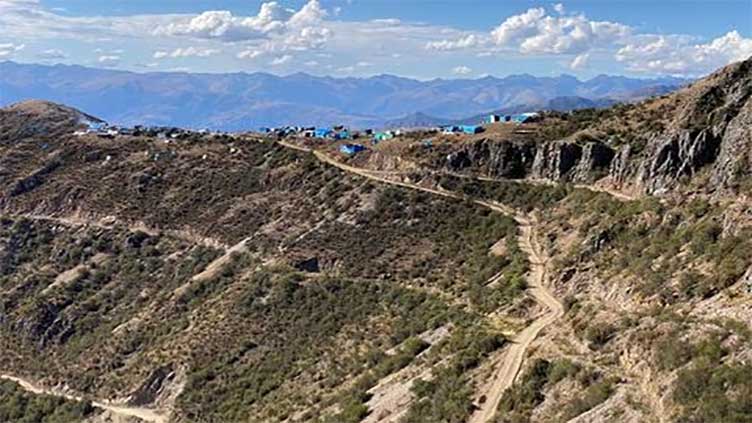Peru miners say copper output could climb without impact from protests

Business
Peru miners say copper output could climb without impact from protests
LIMA (Reuters) - The head of Peru's mining guild on Tuesday said that while copper mining investment might be slow to recover next year, the Andean country could still see growth in production of the metal if large-scale mines are not affected by social protests.
Victor Gobitz, president of SNMP - the top mining guild for the world's No. 2 copper-producing country - said 2024 output could hit 2.7-2.8 million metric tons, up from 2.6-2.7 million tons forecast for this year and 2.45 million tons hit in 2022.
"If we operate without social conflicts next year, copper should see a rebound with respect to 2022 and 2023," Gobitz told a conference, adding investments could total $3 billion to $3.5 billion if projects are approved on time.
Mining output was slammed by stoppages early this year during nationwide protests against the government of President Dina Boluarte after the ouster and arrest of her predecessor, Pedro Castillo. The government has projected investment will fall 16% this year and 7% in 2024.
Peru's copper output has reached 1.77 million tons through the first eight months of this year, according to official data.
Gobitz, who is also the president of Peru's largest copper mine Antamina - controlled by Glencore (GLEN.L), BHP (BHP.AX), Teck (TECKb.TO) and Mitsubishi (8058.T), - said the government had yet to approve a project to extend the mine's lifespan.
An environmental license, he added, should be granted this year.
"One of the main issues is how to speed up the environmental licensing process, without changing the standards," Gobitz said, a day after mining executives met government ministers to discuss strategies to boost the sector.
Mining accounts for 60% of Peru's exports, a key engine for an economy that is battling latent political uncertainty in the aftermath of the protests, lower investment and effects from the El Nino weather phenomenon.



